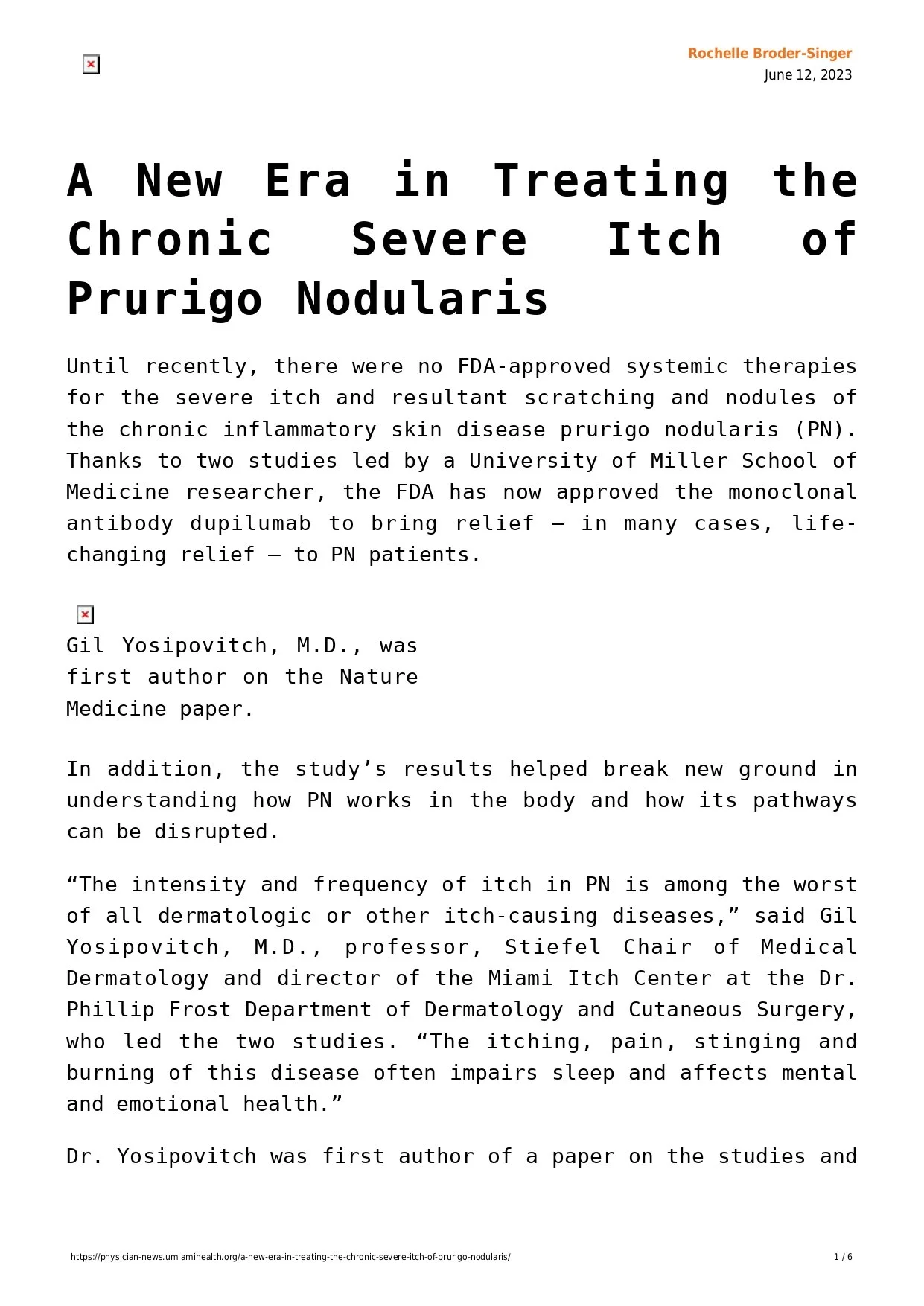READ ON THE MILLER SCHOOL OF MEDICINE WEBSITE
BY ROCHELLE BRODER-SINGER
Art is Medicine: A Two-Way Flow of Talent Between Brazil and Miami
Sylvester’s third annual “Art is Medicine” installation opens Nov. 25 and will feature a new collection that highlights nature photography from the Everglades to Brazil, “The Bridge to Bahia.”
Patients, caregivers and other visitors to the Miami main campus of Sylvester Comprehensive Cancer Center, a part of the University of Miami Miller School of Medicine and UHealth—University of Miami Health System, will have an opportunity to enjoy images from the Everglades to the beaches in Brazil in this new exhibit. It will be located on the first floor of the Sylvester main building at the medical campus in Miami. There, the atrium will feature new pieces for patients and visitors to view and will highlight the intersectionality of art, scientific research and people.
Art is Medicine
Titled “Bridge to Bahia,” the new “Art is Medicine” installation includes a QR code that links to faculty profiles highlighting Sylvester’s bidirectional scientific collaborations across cultures, customs, education and patient care. The installation also includes South Florida photography, which showcases other winners of Sylvester’s Patient, Faculty, Staff and Community Arts Challenge.
“One of our great advantages is the diversity of our community here in South Florida,” said Stephen D. Nimer, M.D., Sylvester’s director and professor of medicine, biochemistry and molecular biology, the Oscar de La Renta Endowed Chair in Cancer Research and executive dean for research at the Miller School. “Beautiful photography embracing the landscapes in Brazil warms the hearts of everyone at Sylvester, whether one is from Brazil or not. The exhibit also allows us to share the creativity of our community, as well as showcase a few of our faculty and trainees from Brazil. We hope this enables them and all our colleagues to feel honored and enjoy this exhibit. We thank Dar Riser and our patients, students, staff, and faculty who contributed art to this exhibition.”
Desert Horse-Grant, Sylvester’s chief transformation officer, created the arts challenge and curated the exhibition.
“In collaboration with Dr. Nimer, our goal is to create a respite of peace and a place of hope,” said Horse-Grant. “We intentionally selected art that represents places many would want to travel to. We hope that, even momentarily, we can transport patients and caregivers to a place of peace and wonderment when they walk through the exhibit.”
Research has shown that images of nature can reduce stress, elevate a person’s mood, enhance problem-solving skills, restore mental energy and more.
“Art has the power to ground us, offering patients with cancer a sanctuary of calm through scenes of nature. Viewing images of tranquil landscapes or vibrant gardens has been shown to provide a whole range of momentary physical and mental health benefits, including reducing anxiety and stress, lowering one’s heart rate and increasing one’s focus or attention,” said Lara Traeger, Ph.D., clinical psychologist at Sylvester and associate professor of psychology at the University of Miami. “These benefits can help to ease the mind amid the challenges of treatment.”
In bringing together nature photos from the northeastern Brazilian state of Bahia with images from South Florida and beyond, the “Art is Medicine” installation parallels Sylvester’s broad connections to diverse communities. With more than half of Miami-Dade County’s population born outside the U.S., the region is diverse in culture, customs and heritage. Sylvester’s faculty and clinicians are equally diverse, and many faculty do research, outreach and educational work in other countries.
“Our faculty really represent our community, and they maintain their connections when they come to us from other nations,” Horse-Grant said. “Our support for diversity contributes to health status and well-being for all because our patients represent so many different genetic populations.”
The exhibit reflects Sylvester’s commitment to fostering collaboration across borders, with physician-scientists engaged in research and training that impact both local and global patients.
From Resident to Medical Leader
Miami’s position as the gateway to the Americas has helped bring patients and researchers from around the region to Sylvester. Many researchers first connect with Sylvester through the William J. Harrington Medical Training Programs. These University of Miami Health System and University of Miami Miller School of Medicine programs offer opportunities for Latin American and Caribbean medical graduates to complete a variety of postgraduate medical education.
Sylvester’s Denise Pereira, M.D., is among the hundreds of physicians from Latin America who have completed their residencies through the Harrington program. She is the director of clinical operations for Sylvester’s Adult Stem Cell Transplantation Program and associate professor of medicine in the Division of Transplantation and Cellular Therapy at the Miller School. A native of Brazil, she went to medical school in Rio de Janeiro and then completed her internal medicine residency at Jackson Memorial Hospital/UHealth. She stayed a fourth year as chief medical resident, learning more about the teaching and administrative side of medicine.
Dr. Denise Pereira came to Miami from Brazil via the William J. Harrington Medical Training Programs.
“The University of Miami has a tradition of being a hub for training Latin American physicians,” Dr. Pereira said.
After completing a fellowship at the Mayo Clinic in Minnesota, Dr. Pereira returned to Brazil, eventually becoming chief of oncology at one of the nation’s national cancer institutes, Instituto Nacional de Câncer – INCA. But she and her husband, who is also a physician, wanted to return to the U.S., where she felt she’d have more opportunities to grow in the field of stem cell transplant. That brought her to Sylvester in 2003.
“The University of Miami held a lot of promise,” she said. “Besides that, [my husband and I] also felt Miami was an international city. We felt very welcome, and it didn’t feel so different from home for us.”
At Sylvester, Dr. Pereira has been able to realize her ambitions to expand the use and availability of stem cell therapy for patients, as well as to participate in clinical research.
“I have gotten to build something, to make something better and to provide care to people,” she said. “We have developed certain abilities that allow us to serve our community as it is, including transplanting people without a perfect match because minorities have difficulty finding donors. This is a way to give more people access to treatment.”
The large and diverse population served by Sylvester’s stem cell transplant program, combined with its state-of-the-art facilities, also brought opportunities to engage with emerging cellular therapies. Sylvester’s reputation in stem cell transplantation attracts clinicians and researchers from Brazil to observe and train, Dr. Pereira explained.
Not long ago, Daniel Tabak, M.D., the Brazilian physician whose letter of reference helped Dr. Pereira get into the Harrington Medical Training Program, came to see Sylvester’s cellular transplant team at work. It wasn’t Dr. Tabak’s first time at UM. The stem cell transplant physician had also trained in the Harrington program, from 1981 to 1984, and then returned to Brazil. He eventually became director of one of that nation’s first stem cell transplant sites.
Expanding Opportunities in Brazil
Brazilian-born Gilberto Lopes, M.D., associate director and medical director for international affairs at Sylvester and professor and chief of the Division of Medical Oncology at the Miller School, also came to Sylvester through his post-graduate training. After completing his internal medicine residency, as well as a hematology and oncology fellowship, at UM/Jackson Memorial Hospital, the Porto Alegre native returned to Brazil. There, he served in positions including chief medical and scientific officer for the Oncoclinicas Group, one of the largest oncology providers in the world.
In 2016, Sylvester leadership invited Dr. Lopes to return to help create a global oncology program and lead thoracic oncology.
“Sylvester was the natural place for me to come back to in the United States,” he said.
Dr. Gilberto Lopes trained in Miami, returned to his home in Porto Alegre and then returned to Sylvester to create a global oncology program.
Although he returned to Sylvester, “I continue to have a number of initiatives in my country,” Dr. Lopes said. “For example, I mentor colleagues who have leading roles in public and private institutions in Brazil. I also speak, organize and chair several lectures a year with Brazilian institutions, including public hospitals.”
This year, he has given remote lectures on lung cancer updates to Hospital Sírio-Libanês in Brasilia and Hospital Israelita Albert Einstein in São Paulo, with more planned in Porto Alegre. On Nov. 9, he gave a lecture at the Brazilian Society of Clinical Oncology on using social media for education, mentoring and professional development for oncologists in that nation. Dr. Lopes also participates remotely in tumor boards with Brazilian colleagues.
“I have also collaborated with the City Cancer Challenge NGO, helping to improve cancer care in Porto Alegre,” he added.
In addition, he is working on several research projects with Brazilian colleagues, including the evaluation of an immunotherapy implementation project at the National Cancer Institute in Rio de Janeiro. Dr. Lopes, who maintains his medical oncology license in Brazil, co-founded a biotech that started its first clinical trial at University of Campinas in Brazil’s Sao Paulo state this year. The trial is exploring a point-of-contact detection test for Human papillomavirus (HPV), a virus that can cause cancers.
Dr. Lopes and two Sylvester colleagues – Alvaro Alencar, M.D., a Brazilian native who is chief medical officer and an associate professor of clinical medicine in the Division of Hematology at the Miller School, and Joseph Rosenblatt, M.D., professor of medicine in the Division of Hematology and holder of the William J. Harrington Chair in Hematology at the Miller School, were also involved in creating a path for ongoing collaboration between Sylvester and Barretos Cancer Hospital in Sao Paulo state. Barretos is one of Brazil’s most advanced public hospital cancer centers and, like Sylvester, is also a teaching and research institute. The two organizations signed a memorandum of understanding for collaborative research in 2018, which has led to several meetings and lectures, as well as to Sylvester hosting oncologists and trainees.
Dr. Lopes has helped make a variety of connections between Sylvester researchers and their Brazilian counterparts. For example, he worked with Alberto Caban-Martinez, D.O., Ph.D., M.P.H., C.P.H., a member of Sylvester and assistant professor in the Department of Public Health Sciences at the Miller School, to help Brazil-born Miller School student Nicole Dias de Souza launch the Beatriz Project In 2019. The project brought two exchange students from Hospital de Amor in Barretos for a clinical rotation at Sylvester while two students from the Miller School worked at Hospital de Amor.
Dr. Lopes notes that, in addition to research, tumor boards and lectures in Brazil, much of the interchange between Sylvester and Brazilian health care practitioners occurs via training.
“At Sylvester, we usually receive more than 10 Brazilian medical students, residents and fellows every year,” he explained. “They come to get a more comprehensive experience in cancer care, research and education.”
Unique Research Partnerships
Sylvester’s connections with Brazil have opened doors for unique research opportunities. For example, Wael El-Rifai, M.D., Ph.D., Sylvester researcher, professor of biochemistry and molecular biology and John and Judy Schulte Senior Chair in Cancer Research at the Miller School, is preparing to start a research collaboration with Brazil’s Molecular Oncology Research Center at Barretos Cancer Hospital. This collaboration is another result of the memorandum of understanding Sylvester signed with Barretos.
Dr. El-Rifai is researching micro-RNA screening for early detection of gastric cancer and response to chemotherapy in diagnosed gastric cancers. He and Zeng Chen, M.D., Ph.D., a research assistant professor in the Division of Surgical Oncology at the Miller School, have validated the predictive data for the screening model with populations in China and Chile, but need to validate the data with a larger cohort.
Dr. Wael El-Rifai is developing a research collaboration with Brazil’s Molecular Oncology Research Center.
Brazil has a high prevalence of gastric cancer and has endoscopy samples going back 20 years for patients with and without gastric cancer. Most of Brazil’s population is also not of typical European ancestry, which will add further genetic diversity to the data set. Dr. Lopes connected Dr. El-Rifai with Barretos Cancer Center, and the research collaboration is set to begin soon.
“Miami is diverse, so the diversity at the university among the faculty allows you to have a larger network,” Dr. El Rifai said. “Often, research collaborations come through word of mouth, someone who knows someone. That’s how this came about.”
While the process for multisite collaboration can come naturally, pooling strengths between researchers, there is scientific rigor and specificity for Sylvester’s team science efforts.
Discussion for the research collaboration led to an invitation for Dr. El-Rifai to be a keynote speaker at the IX International Symposium on Translational Oncology, held at Barretos Cancer Center Sept. 13–14. He shared an overview of the state of gastric cancer and the need to develop predictive biomarkers for early detection, as well as the importance of screening for H. Pylori infection, the major risk factor for gastric cancer. Dr. El-Rifai is excited to share his research with a new audience at the Brazilian symposium.
“Sharing information is part of who we are as scientists,” he said. “Sharing with the scientific community the state-of-the-art in the field allows us to potentially help more patients. If there’s an opportunity to establish a collaboration, we can potentially help more patients.”


























